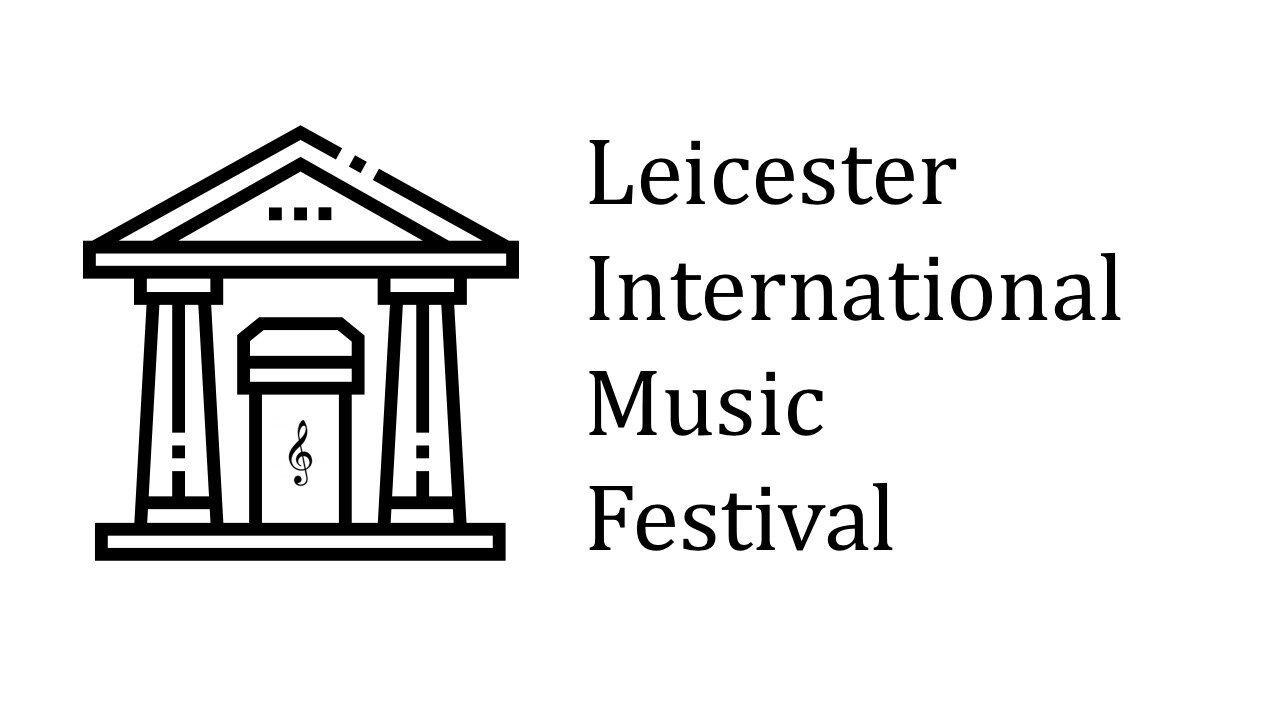Vienna Mozart-Trio, 21 January 2016
Programme notes
Divertimento à 3 in B flat for piano, violin and cello, K254: Wolfgang Amadeus Mozart (1756-1791)
1. Allegro assai
2. Adagio
3. Rondo. Tempo di minuetto
Mozart’s six piano trios have, until fairly, recently been among his most neglected body of chamber music. Most of them were written between 1786 and 1788, but this first example dates from much earlier in his career. The manuscript is dated August 1776, and it was first published in Paris in 1781 or 1782.
Throughout the eighteenth century instrumental chamber music was essentially a private form of music making. It was music for players, rather than an audience, and such listeners as there were would have been few – friends and family members in middle-class homes, members of court and artistic connoisseurs in more aristocratic or royal circles. Particularly during the early classical period (from roughly the middle of the century onwards), works with keyboard (harpsichord and the newly-emerging piano) were popular, and these placed the keyboard instrument firmly at the centre. Other parts, most commonly for violin or flute with or without a cello, took a subsidiary role; the cello, where present, usually did no more than double the bass of the keyboard part, and the additional parts could usually be omitted altogether. It was only towards the end of the century that the balance began to shift noticeably towards a more equal partnership between the keyboard and the other instruments.
This divertimento is a typical example of the so-called ‘accompanied keyboard sonata’ of the mid-eighteenth century. The title suggests a light-weight entertainment piece, of the kind usually written as background music for social, often outdoor, occasions; while generic titles such ‘divertimento’, ‘serenade’ and the less common ‘cassation’ were often used fairly loosely and interchangeably, ‘divertimento’ was usually reserved for work designed for solo instruments.
The engagingly buoyant opening movement of K254 is followed by an adagio full of florid writing for the keyboard, and for the violin, which does take a fairly prominent role from time to time. The final rondo is a graceful piece in minuet style, in which the cello enjoys a few bars in which it has the bass line to itself, while the piano shares a brief dialogue with the violin.
Piano Trio No. 1 in D minor, Op 49: Felix Mendelssohn (1809-1847)
1. Molto allegro ed agitato
2. Andante con moto tranquillo
3. Scherzo. Leggiero e vivace
4. Finale. Allegro assai appassionato
“I should like to compose a couple of good trios”, Mendelssohn wrote to his sister, Fanny, in 1832. He had already tried his hand at the medium in one of his very first childhood compositions, a work for violin, viola and piano dating from 1820, but it was not until 1839 that he produced a mature piece in this form.
Considering what a popular ensemble it was for performers (especially amateurs) in the mid-19th century, there are surprisingly few outstanding works for piano trio dating from the same period. Schumann greeted Mendelssohn’s D minor Trio as ‘the master-Trio of the age, as were the B flat [‘Archduke’] and D major Trios of Beethoven and the E flat Trio of Schubert in their time’. He was right, of course (though he should also have included Schubert’s other Trio, in B flat), but it must be admitted that Mendelssohn was hardly up against very strong competition.
It is not surprising, then, that the D minor Trio quickly became popular. It is serious without being too demanding emotionally, and gratefully written for all three instruments. The piano part has considerable brilliance, apparently the result of revisions urged on Mendelssohn by the composer and pianist Ferdinand Hiller for his own public performances of the work. There are also plenty of broad, singing melodies, of which both the first and second main themes of the first movement are, perhaps, the most expansive.
The andante inhabits a world similar to that of Mendelssohn’s Songs without words, the piano taking the lead in introducing both main themes. The third movement is a typically sparkling Mendelssohn scherzo. The fairies of A Midsummernight’s Dream may, by now, have put on a little weight, but they are still remarkably agile. There is no contrasting trio section, and the music performs a delightful vanishing trick at the end.=
The dance rhythm of the finale is, perhaps, a little too insistent, but Mendelssohn has yet another song-melody up his sleeve for the contrasting middle section, and the work ends in a brilliant virtuoso flourish. If the D minor Trio suffers somewhat from comparison with the even finer C minor work of 1845, it is nevertheless a rewarding piece for players and listeners alike.
© Mike Wheeler, 2015
